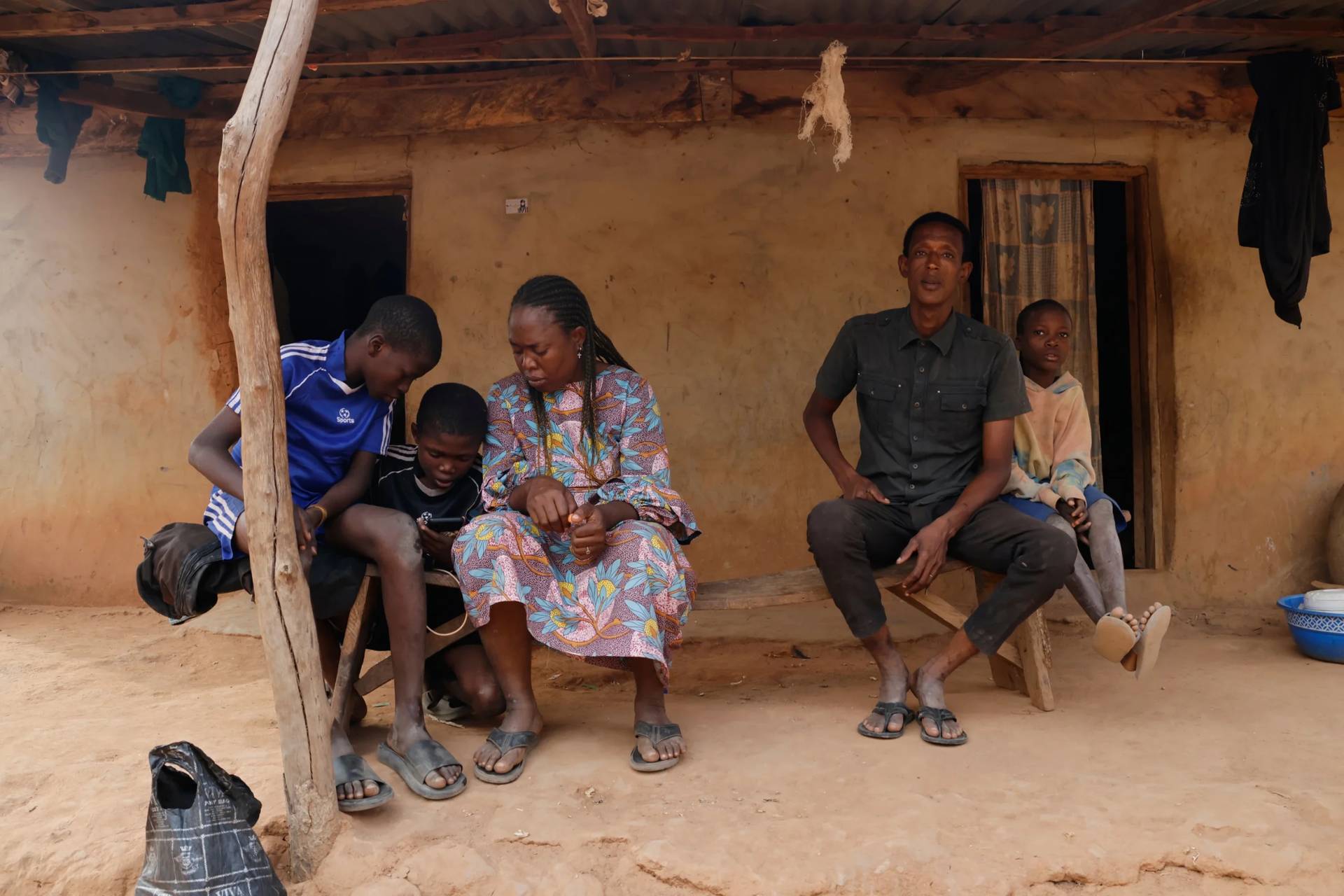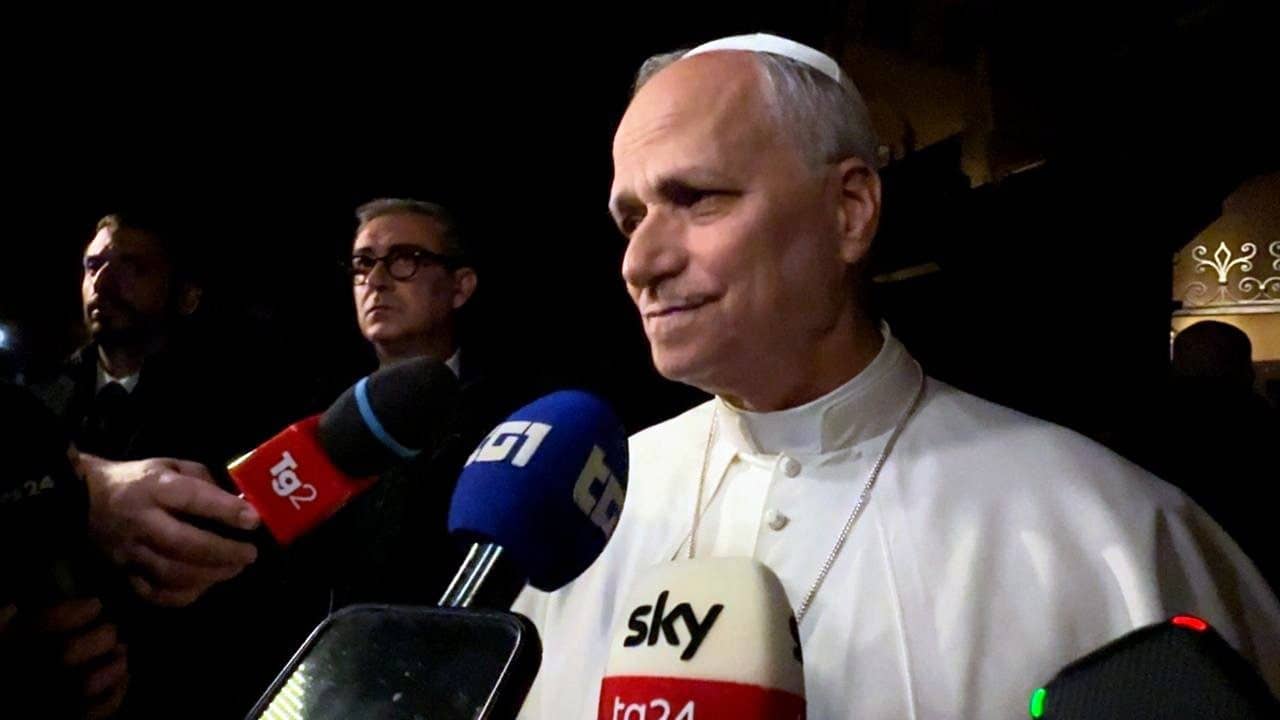Archbishop John Wester noticed the priest he was talking to was distracted.
Intrigued, Wester asked him what he was up to. The priest explained that his nephew had created a new online communication tool, and they were sharing short messages with one another, about where they were, what they were eating. Wester joked that the priest’s nephew should stop talking about his Cheerios and get back to studying.
Years later, the priest and the nephew, Twitter founder Jack Dorsey, are sharing the last laugh.
Not only is the social media platform valued at hundreds of millions of dollars, it’s become a chief communications tool for Pope Francis and scores of cardinals and bishops, including Wester himself. Now, as American Catholics prepare to welcome Pope Francis, a handful of tweeting bishops are pushing their reluctant peers to sign on and get tweeting.
Wester, soon to be installed as archbishop of Santa Fe, is one of about 40 US bishops active on Twitter, according to the US Conference of Catholic Bishops. That means about 160 don’t tweet, and the USCCB is working with Twitter to change that. Representatives from the San Francisco-based company are training bishops, and their staffs, on how they can use Twitter to be part of the papal conversation come September.
Bishop Christopher Coyne of Burlington, Vt., incoming chair of the USCCB’s communication committee, told Crux that two hashtags – short phrases that begin with a pound sign to help sort the thousands of tweets published every second – have been chosen to help Twitter users stay up to date with the pope’s visits to Washington, New York, and Philadelphia: #PopeInUs and #ElPapaEnUSA.
Coyne said using Twitter in his ministry makes sense, that it aligns with the pope’s call for the Church to meet people where they are.
“They don’t have to come to you, you go out to them. It’s very much connected with the Gospel, to go out and preach the good news,” he said.
Wester agrees, telling Crux, “If Saint Paul were alive today, I believe he’d be using social media constantly because that’s a great way of getting the word out.”
When Pope Benedict XVI joined Twitter, the Vatican had to overcome sharp skepticism among some senior Church leaders about the use of this new technology. Some thought that containing the pope’s messages to 140 characters, Twitter’s limit, was beneath the dignity of the papal office.
“But people said the same thing about Vatican radio 50 years ago,” Claire Diaz Ortiz, author of Twitter for Good and the Twitter staffer who helped the Holy See get connected in 2013, told Crux. She said she was struck by the openness to new media from some Vatican staff, and that she’s struck by how effective Pope Francis is using the tool.
“It’s super organic,” she said. “Obviously he’s the pope, and there are many layers, but when you look at his tweets you realize he’s being as transparent as he can be given his position.”
A few years ago, Twitter recognized that faith leaders were among the most active users on the social networking site, and today it devotes a team of people to help train faith leaders, including Catholic bishops.
Pope Francis is far and away the most influential faith leader on Twitter, tweeting in 9 languages with close to 20 million followers. That success has helped convince some American bishops, once skeptical of Twitter’s usefulness, to jump on board.
“I think anything they see something being done by the Holy Father, they want to emulate what he’s doing,” Coyne said. Of course, not every bishop will jump on board. “There will always be some who are reluctant to use social media. It doesn’t make them ineffectual, just makes them different.”
Helen Osman, secretary of communications at the USCCB who is coordinating the Twitter training, told Crux that she has high hopes.
“I’m not sure the Church has ever been on the vanguard of any new media, but once we do get into it we do get into it,” she said.
Staff at the Conference underwent the hour-long seminar this week, and bishops from around the country are expected to take part, in person and online, in the coming months.
When the pope visited the Philippines earlier this year, new tweeting records in that country were set. In the process, mobile networks crashed. To avoid that here, AT&T and Verizon plan on setting up temporary hot spots in Washington and Philadelphia to give visitors the ability to take part in the papal visit on social media.
Among those tweeting from DC will be the once-skeptical Wester.
“It’s a way for me to give immediate responses, to share what I’m seeing and thinking, to connect with people back in the archdiocese,” he said. “It’s going to be very effective.”
Here’s a sample of tweets from American bishops:
To preach the word of God gives people dignity, security, meaning, consolation and spreads the light of life in the darkness of the world
— Cardinal Seán (@CardinalSean) May 23, 2015
Praying in Lourdes for the Archdiocese of NY pic.twitter.com/6bpYVLXs8O
— Cardinal Dolan (@CardinalDolan) May 2, 2015
Friends, I think it would be good for us to talk about about some of the ways the #Church helps us to grow in our relationship with God.
— Abp. José H. Gomez (@ArchbishopGomez) May 28, 2015
We rejoice with El Salvador today as Archbishop Oscar Romero is beatified! #RomeroMartyrforLove
— Cardinal Cupich (@CardinalBCupich) May 23, 2015
Mass of Thanksgiving for beatification of Archbishop Oscar Romero w/Latino community in Cathedral of the Madeleine. pic.twitter.com/bpvEhgKx2X
— AB John C. Wester (@ABJohnCWester) May 27, 2015
"On the Road, Rome Edition" – May 25, 2015 http://t.co/rBFyEexm4s
— Bp Christopher Coyne (@bishopcoyne) May 25, 2015
Like Bartimaeus, we say: "Jesus, I want to see." May the Lord open our eyes to recognize the many blessings God sends to us each day.
— Bishop Burbidge (@BishopBurbidge) May 28, 2015
“Truly we are keeping the law of Christ when, out of love, we go to the help of a brother in trouble” St. Gregory
— Bishop Emeritus Steib (@bishop_steib) May 28, 2015
The Nebraska Leg admirably repealed the death penalty today. All human life has dignity- it's time to end abortion and euthanasia too!
— James D Conley (@bishop_conley) May 28, 2015
Discipleship is not a spectator sport. Every disciple is called to be actively engaged in the ministry of the church.
— Bishop Frank Caggiano (@BishopCaggiano) May 27, 2015












